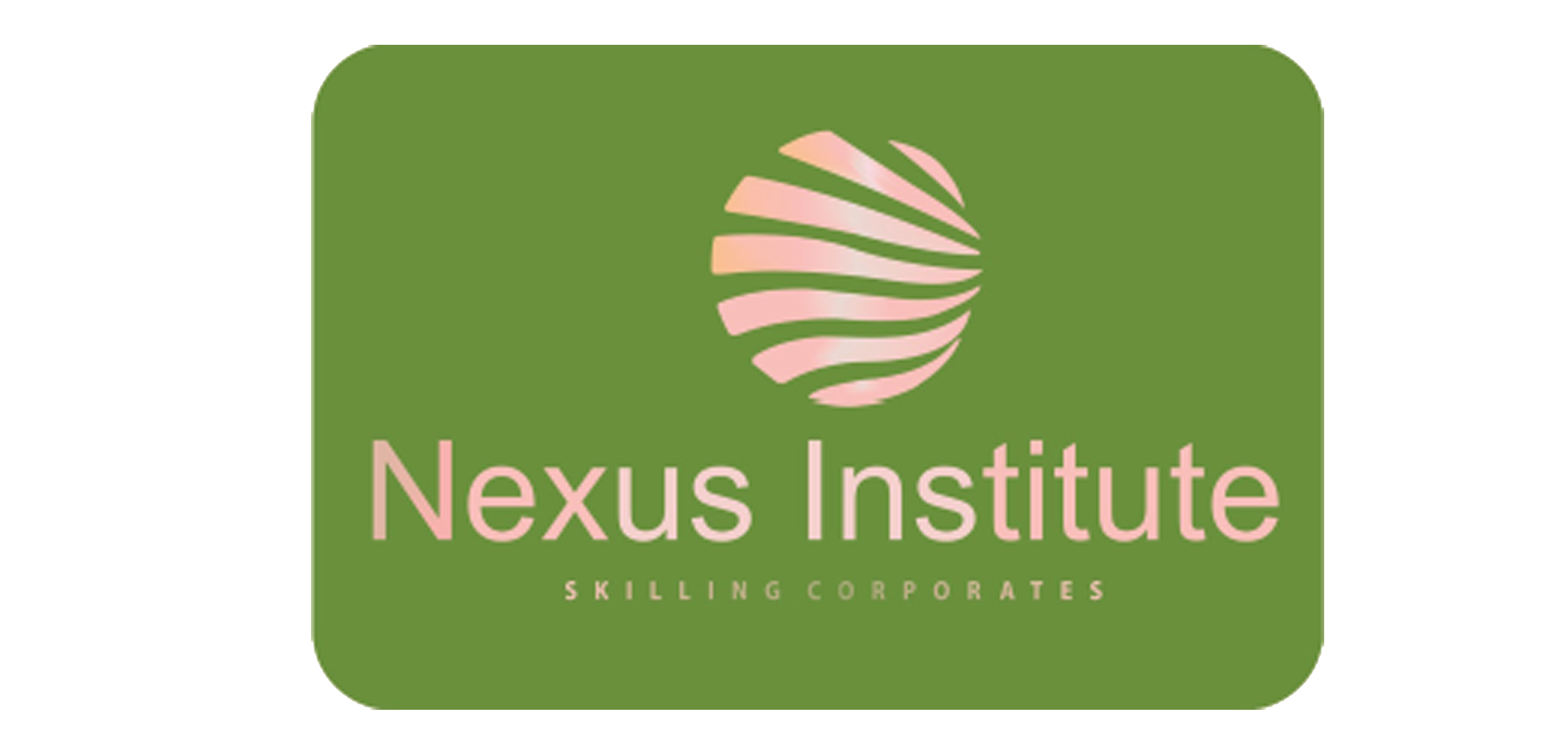Course Overview
Overview:
This course in metal fabrication and welding is designed to equip participants with the knowledge and practical skills required for working with metals to create fabricated structures and welded components. Participants will learn about metal properties, fabrication techniques, welding processes, safety measures, and quality control standards. Through a combination of theoretical learning and hands-on practical training, this course aims to prepare individuals for careers in metalworking, fabrication, and welding industries.
Objectives:
- Introduce participants to the principles and practices of metal fabrication and welding.
- Provide hands-on training in metal cutting, shaping, joining, and welding techniques.
- Educate participants on different welding processes, equipment, and safety precautions.
- Familiarize participants with quality control measures and industry standards in metal fabrication and welding.
- Equip participants with the skills and knowledge to produce high- quality metal fabricated products and welded structures.
Duration:
The duration of the course may vary depending on the depth of coverage and the availability of resources. A comprehensive course could span from several weeks to several months, typically with a mix of classroom sessions, practical workshops, and field visits.
Detailed Content:
Module 1: Introduction to Metal Fabrication and Welding
- Overview of metal fabrication and welding processes
- Introduction to metals and their properties
- Safety precautions and personal protective equipment (PPE) in metalworking
Module 2: Metal Cutting Techniques
- Techniques for metal cutting: sawing, shearing, and plasma cutting
- Equipment operation and safety procedures for metal cutting machines
- Hands-on practice: cutting metal sheets, rods, and tubes
Module 3: Metal Shaping and Forming
- Techniques for metal shaping: bending, rolling, and punching
- Equipment operation and safety procedures for metal shaping machines
- Hands-on practice: shaping and forming metal components
Module 4: Metal Joining Techniques
- Principles of metal joining: welding, brazing, and soldering
- Introduction to welding processes: arc welding, MIG welding, TIG welding
- Hands-on practice: welding metal components using different welding processes
Module 5: Welding Equipment and Setup
- Types of welding machines and their applications
- Welding electrode selection, polarity, and voltage settings
- Welding safety measures and precautions
Module 6: Welding Procedures and Techniques
- Welding positions: flat, horizontal, vertical, and overhead
- Techniques for achieving proper weld bead formation and penetration
- Hands-on practice: performing various welding joints and weld positions
Module 7: Welding Inspection and Quality Control
- Visual inspection techniques for weld quality assessment
- Non-destructive testing methods: dye penetrant testing, magnetic particle testing
- Quality control measures and industry standards in welding
Module 8: Welding Codes and Standards
- Overview of welding codes and standards: ASME, AWS, ISO
- Compliance with welding specifications and regulatory requirements
- Documentation and record-keeping in welding operations
Training Methodology:
- Classroom Sessions: Theoretical concepts will be taught through interactive lectures, presentations, and discussions.
- Practical Workshops: Hands-on training will be provided in metal fabrication and welding techniques under the guidance of experienced instructors.
- Field Visits: Participants will visit fabrication shops, welding workshops, and manufacturing facilities to observe real-world practices and learn from industry experts.
- Group Activities: Participants will engage in group projects, case studies, and problem-solving exercises to reinforce learning and collaboration.
- Demonstrations: Guest experts will conduct demonstrations of advanced techniques and equipment used in metal fabrication and welding.
- Feedback and Evaluation: Ongoing feedback will be collected from participants to assess understanding and address any concerns or challenges. Formal assessments may include quizzes, assignments, and practical evaluations.
This course in metal fabrication and welding offers a comprehensive learning experience that combines theoretical knowledge with practical skills, industry insights, and hands-on experience, preparing participants for successful careers in the metalworking and welding industries.
窗体顶端



